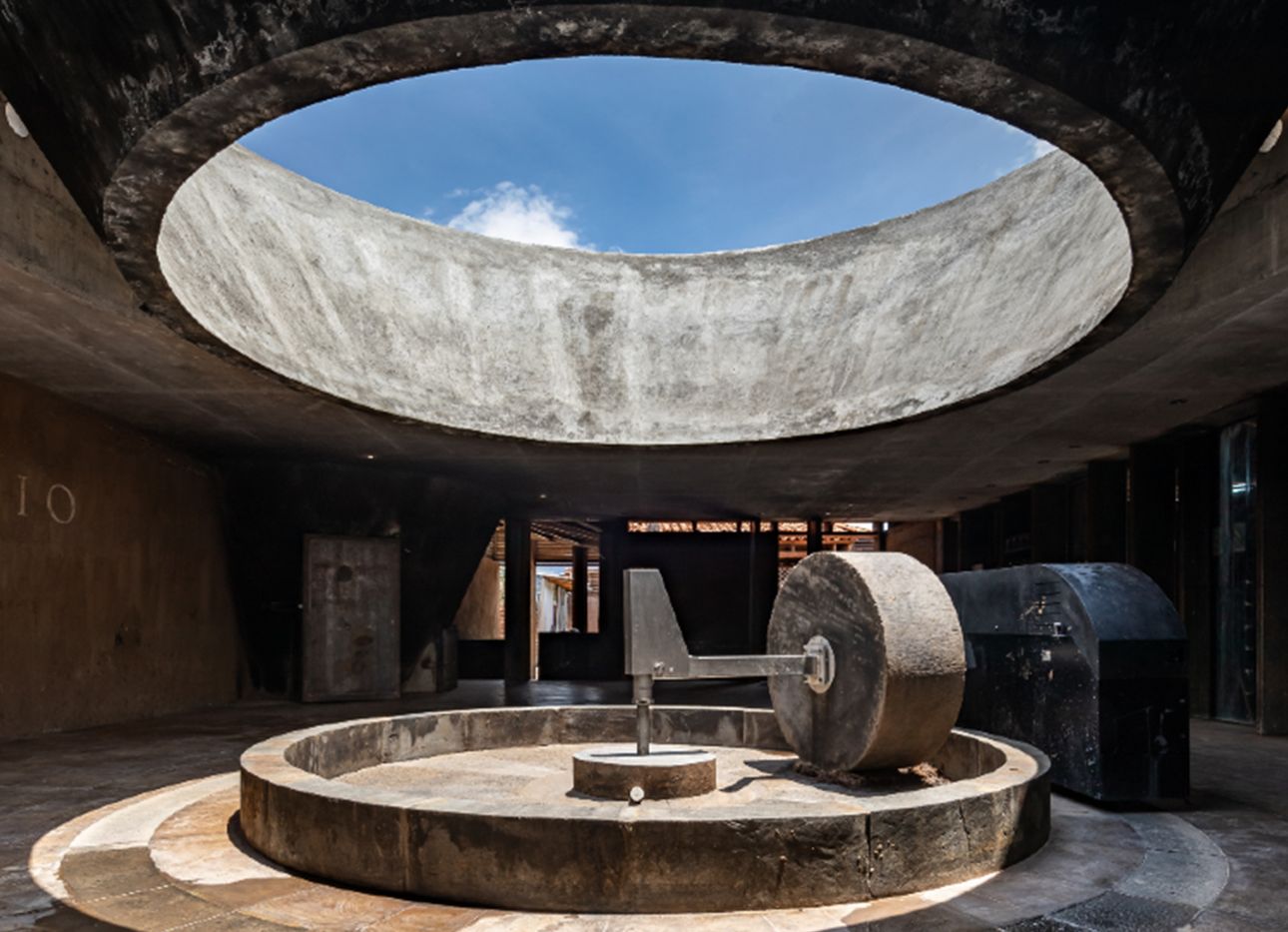
These Eclectic Mezcal Experiences Are Gateways to Mexico’s History and Culture
In Mexico, you might hear the popular saying, “Para todo mal, mezcal, y para todo bien, también,” which suggests that no matter what life brings your way, whether good or bad, mezcal is the remedy to reach for. Mezcal denotes any spirit distilled from the agave plant and has numerous varieties including espadín, made from a common agave species with sword-shaped leaves; tobalá, made from a sweet, wild agave that grows in high-altitude canyons; and madrecuixe, made from a rare, finely textured species of the plant. The potent drink is a nationwide Mexican staple and offers significant insight into the country’s roots, with some recipes dating back as early as the Mayan and Aztec civilizations. In short, no trip to Mexico is complete without a sip of the smoky spirit, whether in the countryside or at a downtown bar.
The agave plants used to make mezcal are most densely grown in the deserts of Oaxaca, a state known to many as the mezcal capital of the world. There, you’ll find the new Casa Silencio, a six-suite boutique hotel set within a 16-acre valley near the ancient archaeological ruins of Mitla. During a stay at this contemporary respite, visitors can see firsthand through a private tour how agave is roasted, crushed, and double-distilled. The experience culminates in a mezcal tasting, followed by a five-course sunset dinner that’s overseen by executive chef Daniel Robles Sumano.
While countryside mezcal outposts offer a more tranquil experience of the spirit, it’s most often enjoyed at mezcalerias, dedicated mezcal bars that permeate Mexico’s capital, Mexico City. You’ll know that you’ve arrived at a good one if the menu is extensive, most of the bottles aren’t labeled, and your selection is served in a shot glass originally intended to hold a candle for Catholic mass. (If you flip the glass upside down, you’ll see a cross.) At La Clandestina, in the verdant Condesa neighborhood, large glass vats line a wall of this well-known institution. More than 20 varietals are on offer, each served with orange slices topped in sal de gusano, or “worm salt,” a traditional Oaxacan spice made from sea salt, toasted and ground agave worms, and dried chiles.
For a departure from the traditional, head to Tlecān. Set in the capital city’s bustling Roma Norte borough, the space offers mezcals made in regions including Oaxaca, Michoacán, and Sonora in a setting that feels like an underground, pre-Hispanic whiskey bar. Its atmosphere is underscored by the venue’s abstracted reproduction of the Disco de la Muerte—a skull-shaped sculpture that was unearthed in nearby Teotihuacán, one of the most architecturally significant archaeological sites in the world—that sits near the back of the bar.
Beyond its flavorsome appeal, mezcal is profoundly entwined with Mexico’s history and culture. Experiencing the drink in its country of origin not only guarantees a fresher concoction, but also exposes the taste buds to a deeper understanding of its age-old roots and why it continues to delight, generation after generation.